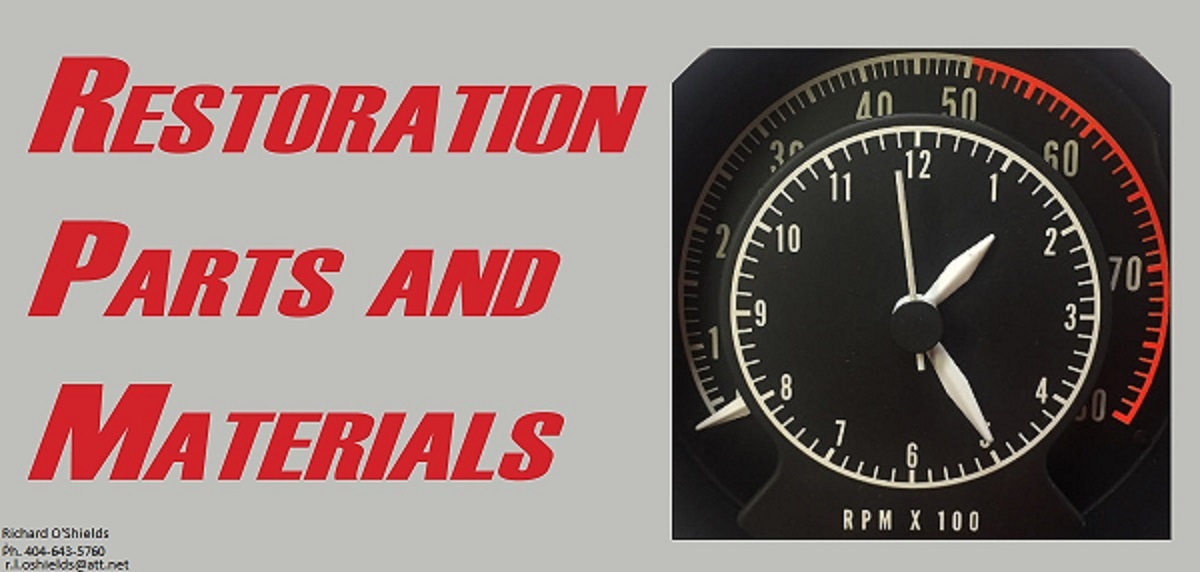Hoping the hose you got was rated for power steering fluid. Fuel line will work, but might not last as long. SAME with the O-rings. Generic O-rings will last for a while, but can start seeping with time. They'll look the same, but the rubber composition can be different if they are rated for power steering fluid exposure.
Only thing about screw clamps vs spring clamps is that you can over-tighten a screw clamp, whereas the spring clamp needs no adjustment (which is one reason they are popular on the assembly line). They can lose their tension over time, though, which is why most were replaced with screw clamps, back them. Seems like screw clamps were a fleet option?
There IS also a correct position of the clamp on the hose, on the barbed tube the hose fits over. Some used to slide the hose well down the tube and put the screw clamp at the end. This is BAD! You can still put the hose clamp near the end, but don't slide the hose too far down on the tube. Just far enough past the barb to allow the clamp (of whichever type) to exert its force just behind the end of the barb, not on the barb, but just past it on the "straight" part of the tube. This makes the barb a part of the total sealing package, especially with the clamp just nudging the barbed area on the "flat" part of the tube. No fluid can accumulate behind the clamped area, that way.
KEY thing on screw clamps is to NOT tighten the clamp so tight that you cut the rubber on the outside. Good and snug on a clean sealing surface. Then, after a few hot/cold cycles of the hose, re-check the torque on the clamp for good measure. The spring clamps are "install and forget", and make sure they are positioned correctly on the hose.
ALSO hoping you re-filled the system with genuine Chrysler power steering fluid! Next best thing is the GM ps fluid. NOT atf, which will eventually seep through the hoses. The genuine psf is a waxy clear color. When I got my '67, it had "red" atf in it. Little dots of red fluid were appearing on the outside of the ps hoses. I drained the reservoir a few times and refilled it with Chrysler psf or the similar GM psf. Seeps stopped!
The old "service station" service manuals said you could "top-off" the system with atf back then. But if you do that too much, because of a leak or major seeping, you soon have a system full of atf (and red fluid). Best to fix the leak and keep the correct psf in the system!
Back in the '80s and prior, the quart can of Chrysler Power Steering Fluid came in a tall, round can. Looked really nice! ALSO had a rolled lip with a matching metal cap. The rolled lip meant you could easily pour from it, with no drips as you ended the pour session. They werw worth keeping! When my source closed, I kept the can and put the very similar GM PSF in it, just to keep the rolled-lip can.
CBODY67




















